May 16, 2025 | 10:12 GMT +7
May 16, 2025 | 10:12 GMT +7
Hotline: 0913.378.918
May 16, 2025 | 10:12 GMT +7
Hotline: 0913.378.918
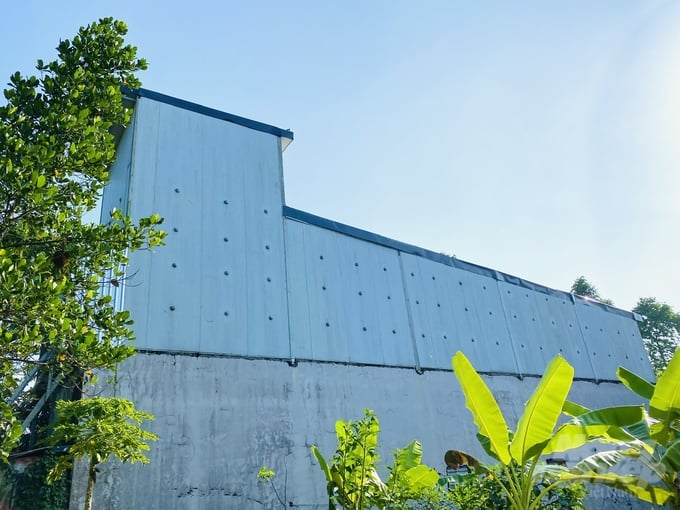
42 out of 63 provinces and cities throughout Vietnam have actively engaged in the swiftlet farming industry, with nearly 24,000 swiftlet farms, which is a threefold increase compared to five years ago. Photo: Le Hoang Vu.
According to Mr. Do Huu Phuong of the Department of Livestock Production under the Ministry of Agriculture and Rural Development, thanks to favorable climate conditions, the swiftlet farming industry in Vietnam, with an emphasis on the extraction of swiftlet nests, is experiencing strong growth.
Presently, 42 out of 63 provinces and cities throughout Vietnam have actively engaged in the swiftlet farming industry, with nearly 24,000 swiftlet farms, which is a threefold increase compared to five years ago. Most notably, northern provinces contribute minimally at only 0.85% due to the unsuitability for swiftlet farming of their cold winter climates. Conversely, the industry predominantly thrives in the Mekong Delta region.
Mr. Phuong further revealed that, excluding domestic consumption, Vietnam exports over 100 tons of swiftlet nests annually, generating foreign currency earnings ranging from 200 to 300 million USD per year. As a result, this industry is not only economically significant but also highly efficient within the livestock production sector.
Several regions nationwide have implemented swiftlet farming area planning, and a number of companies have developed softwares to manage swiftlet farms, establishing a production chain and enabling origin traceability to support the export of swiftlet nests and related products to China.
"Vietnamese swiftlet nest products were primarily exported in its raw form in the past, resulting in relatively low economic value. The purchasing, selling, and trading of swiftlet nest products lacked a stable market, investment in deep processing was limited, and the products were mainly exported in raw form, leading to low value," analyzed Mr. Phuong.
Mr. Vu Cuong from the Department of Processing Quality and Market Development under the Ministry of Agriculture and Rural Development added that the global swiftlet nest market is estimated at roughly 5 billion USD, with a total production output of approximately 2,800 tons. China currently dominates this market as the largest importer, holding over 80% of the market share.
Despite China's annual demand for over 2,000 tons of swiftlet nests, Vietnam's exports to this market remain modest at over 100 tons per year, constituting a 5% market share. As a result, Vietnam ranks last among the four main swiftlet nest exporters to China. In contrast, Indonesia annually exports 1,600 tons, Malaysia 590 tons, and Thailand 390 tons of swiftlet nests to China.
"Vietnam's swiftlet nest production capacities rival those of neighboring countries, and the quality of Vietnamese swiftlet nests is highly regarded in the Chinese market. However, the swiftlet farming and processing industry in Vietnam is disorganized, and the products, mostly exported in raw form without processing or branding, lack diversity, resulting in low value," noted Mr. Vu Cuong.
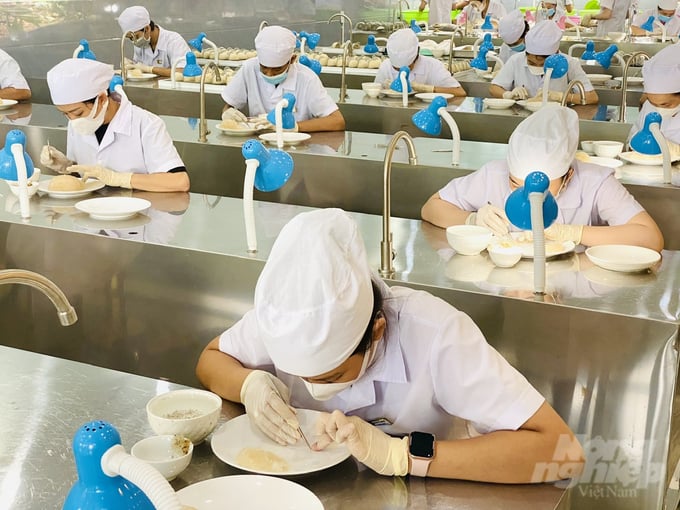
Despite China's annual demand for over 2,000 tons of swiftlet nests, Vietnam's exports to this market remain modest at over 100 tons per year, constituting a 5% market share. Photo: Le Hoang Vu.
According to the Kien Giang province's Department of Livestock Production and Animal Health, the province currently leads the nation in the swiftlet farming industry with nearly 3,000 farms. Kien Giang's total swiftlet nest yield reached nearly 18 tons in 2022, generating a considerable stream of revenue.
Mr. Nguyen Dinh Xuyen, Deputy Director of the Kien Giang province's Department of Livestock Production and Animal Health, reported that with current prices for raw swiftlet nests ranging from 16 to 17 million Vietnamese dong per kilogram, semi-processed nests from 24 to 25 million Vietnamese dong per kilogram, and premium nests from 30 to 35 million Vietnamese dong per kilogram, each swiftlet farm earns an average of several million to hundreds of millions of Vietnamese dong. This income level is relatively high for rural areas.
However, Vietnam's swiftlet farming industry has primarily developed in a spontaneous manner over the years. The processes of farming, processing, and marketing swiftlet products have failed to establish a value chain to enhance their value. Swiftlet farms have not undertaken registration to obtain an identification code, thereby failing to comply with origin traceability requirements. The rapid expansion of swiftlet farms has also disrupted the balance of the overall flock, leading to a decrease in the effectiveness of farms due to a reduction in the number of nests and diminished efficiency.

Vietnam's swiftlet farming industry has primarily developed in a spontaneous manner over the years. The processes of farming, processing, and marketing swiftlet products have failed to establish a value chain to enhance their value. Swiftlet farms have not undertaken registration to obtain an identification code, thereby failing to comply with origin traceability requirements. Photo: Le Hoang Vu.
The swiftlet farming industry has been established in Tien Giang province since 2005. To date, the province boasts 1,720 swiftlet farms and an annual swiftlet nest yield of approximately 19 tons, with the majority of the products being distributed domestically.
Mr. Trinh Cong Minh, Deputy Director of the Tien Giang province's Department of Agriculture and Rural Development, reported that the local number of swiftlet farms ranks third nationwide after Kien Giang and Binh Dinh. However, Tien Giang province is facing challenges similar to other regions in the development of the swiftlet farming industry. Namely, swiftlet farms have not been recognized as properties attached to the land, making it difficult for farmers to obtain credit for their investments.
On the other hand, due to a lack of standards and technical regulations in the construction and operation of swiftlet farms, local governments also encounter managerial difficulties.
Quality management and origin traceability of swiftlet nest products face several shortcomings, hindering the establishment of a processing and consumption chain for swiftlet nests. Additionally, no regulations have been established for penalties regarding the construction of new swiftlet farms in non-designated areas or guidelines for acquiring swiftlet farm codes.
Similarly, the Tien Giang province's Department of Agriculture and Rural Development highlighted that with over 1,000 existing swiftlet farms, the annual swiftlet nest yield in the province currently exceeds 10 tons, generating a revenue of 180 billion Vietnamese dong per year. Although An Giang province lacks a coastline, its numerous mountains and forests, coupled with favorable climatic conditions, are an attractive destination for swiftlets to build nests. As a result, An Giang is one of the leading provinces in the Mekong Delta region in terms of swiftlet nest production.
Despite An Giang's potentials for the further development of swiftlet farming, sustainable growth requires regional planning, encouragement of capable investors to establish integrated facilities for closed-loop production, processing, and exporting.
According to Mr. Hong Dinh Khoa, Chairman of the Board and CEO of Vietnam Quoc Yen Joint Stock Company, Vietnam has signed a Protocol with China regarding the export of swiftlet nests, opening the door to the largest market for swiftlet nest consumption in the world. "With the aim of seizing this opportunity, our company hopes to collaborate with local governments in building purchasing, processing, and export facilities. The company is currently in the process of obtaining investment approval for its first factory in An Giang province," Mr. Khoa shared.
Mr. Tien Ngoc Tien, Director of the Region VII's Department of Animal Health, stated that the Mekong Delta region has advantages in terms of soil fertility, year-round warm weather, and low occurrence of storms, making it highly suitable for agricultural development, including swiftlet farming.
After several years of epidemiological monitoring, no abnormalities have been detected in the local livestock production sector, and farm owners consistently adhere to hygiene and periodic disinfection regulations. Swiftlet farming is an investment-light activity, which does not require the purchase of breeding stock or daily feed. However, the returns are relatively high and encourage further development.
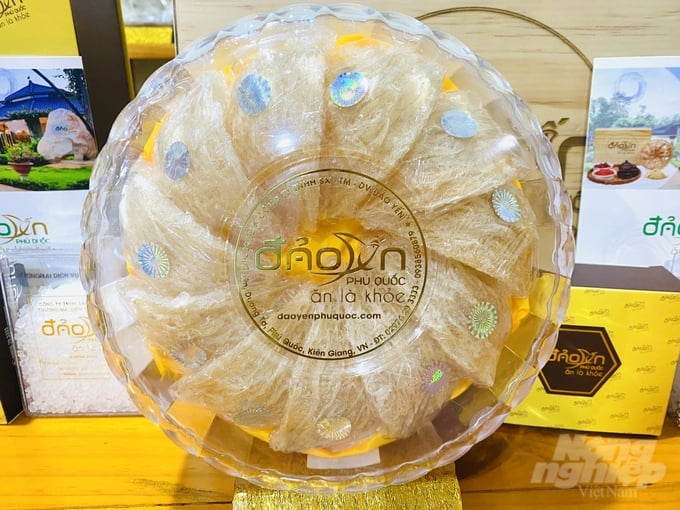
Sustainable development of swiftlet farming in the Mekong Delta region necessitates the following conditions: implementation of organized production and value chain management, unique identification codes for farms to enable origin traceability, and stringent measures for disease and food safety in both swiftlet farms and their nest products. These prerequisites aim to enhance efficiency, transparency, and consumer confidence in the swiftlet farming industry. Photo: Le Hoang Vu.
According to Mr. Tien Ngoc Tien, three essential factors are required for the sustainable development of swiftlet farming: implementation of organized production and value chain management, unique identification codes for farms to enable origin traceability, and stringent measures for disease and food safety in both swiftlet farms and their nest products.
Additionally, it is crucial to establish a national brand for the swiftlet nest product, and ensure commitments to quality from farmers and processing businesses. On the other hand, relevant local governments need to implement measures to support the development of swiftlet farming areas, provide guidance to farmers and businesses on regulations for official exports, and promote domestic consumption.
Swiftlets were officially recognized as livestock under the 2018 Law of Livestock. Due to their high economic value, swiftlet nests are often likened to "white gold." Vietnam, with its favorable weather conditions, is well-positioned for the development of swiftlet farming, with emphasis on the coastal provinces of the Mekong Delta region.
Translated by Nguyen Hai Long
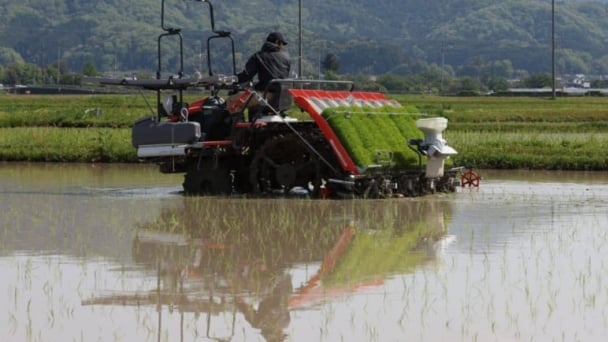
(VAN) Japan's efforts to lower the price of rice through the release of its stockpile may finally be making some progress, albeit at a snail's pace.

(VAN) U.S. tariffs are not only a 'shock', but also an opportunity for Vietnamese businesses to renew their mindset toward comprehensive development.
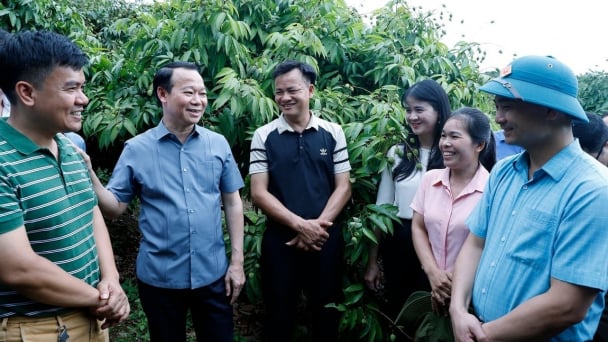
(VAN) As Bac Giang lychee enters the harvest season, Minister Do Duc Duy expects that the fruit will contribute greatly to agricultural exports due to standardized production and deep processing.
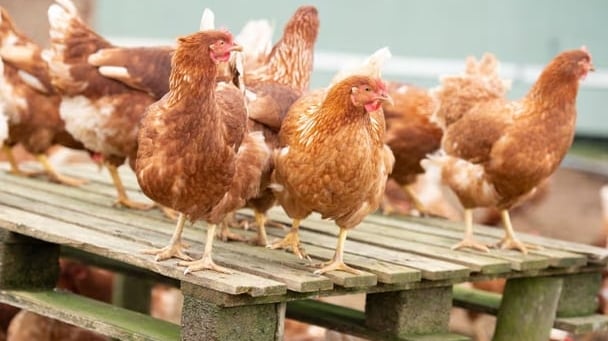
(VAN) Consumers have shown a preference for free-range eggs, but those farming systems are more vulnerable to biosecurity risks like bird flu.
/2025/05/09/5701-1-184335_301.jpg)
(VAN) Vietnam’s eel exports nearly doubled thanks to a mud-free farming model, opening up new prospects while still facing numerous barriers related to international standards.

(VAN) Minister Do Duc Duy warned that if production is not professionalized and supply chains are not transparent, the U.S. market could become a growth bottleneck.
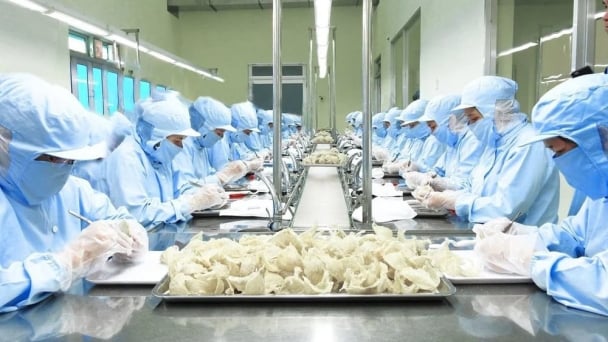
(VAN) Delegating surveillance responsibilities to local authorities is a cost-saving and efficiency-boosting measure that removes a key bottleneck for enterprises, according to Director General Duong Tat Thang.